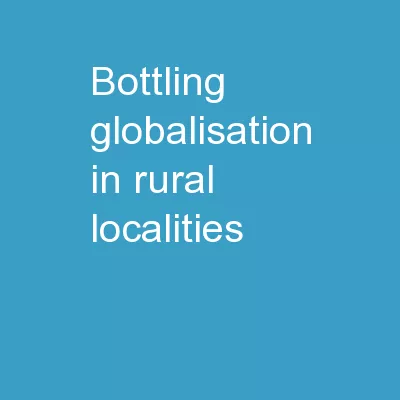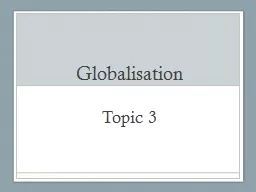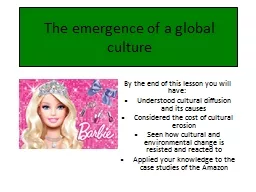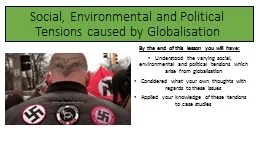PPT-Bottling Globalisation in Rural Localities
Author : calandra-battersby | Published Date : 2018-11-07
Marc Welsh Jesse Heley Background European Research Council Advanced Grant Feb 2014 Jan 2019 Understanding globalisation and its impacts in rural localities
Presentation Embed Code
Download Presentation
Download Presentation The PPT/PDF document "Bottling Globalisation in Rural Localiti..." is the property of its rightful owner. Permission is granted to download and print the materials on this website for personal, non-commercial use only, and to display it on your personal computer provided you do not modify the materials and that you retain all copyright notices contained in the materials. By downloading content from our website, you accept the terms of this agreement.
Bottling Globalisation in Rural Localities: Transcript
Download Rules Of Document
"Bottling Globalisation in Rural Localities"The content belongs to its owner. You may download and print it for personal use, without modification, and keep all copyright notices. By downloading, you agree to these terms.
Related Documents














